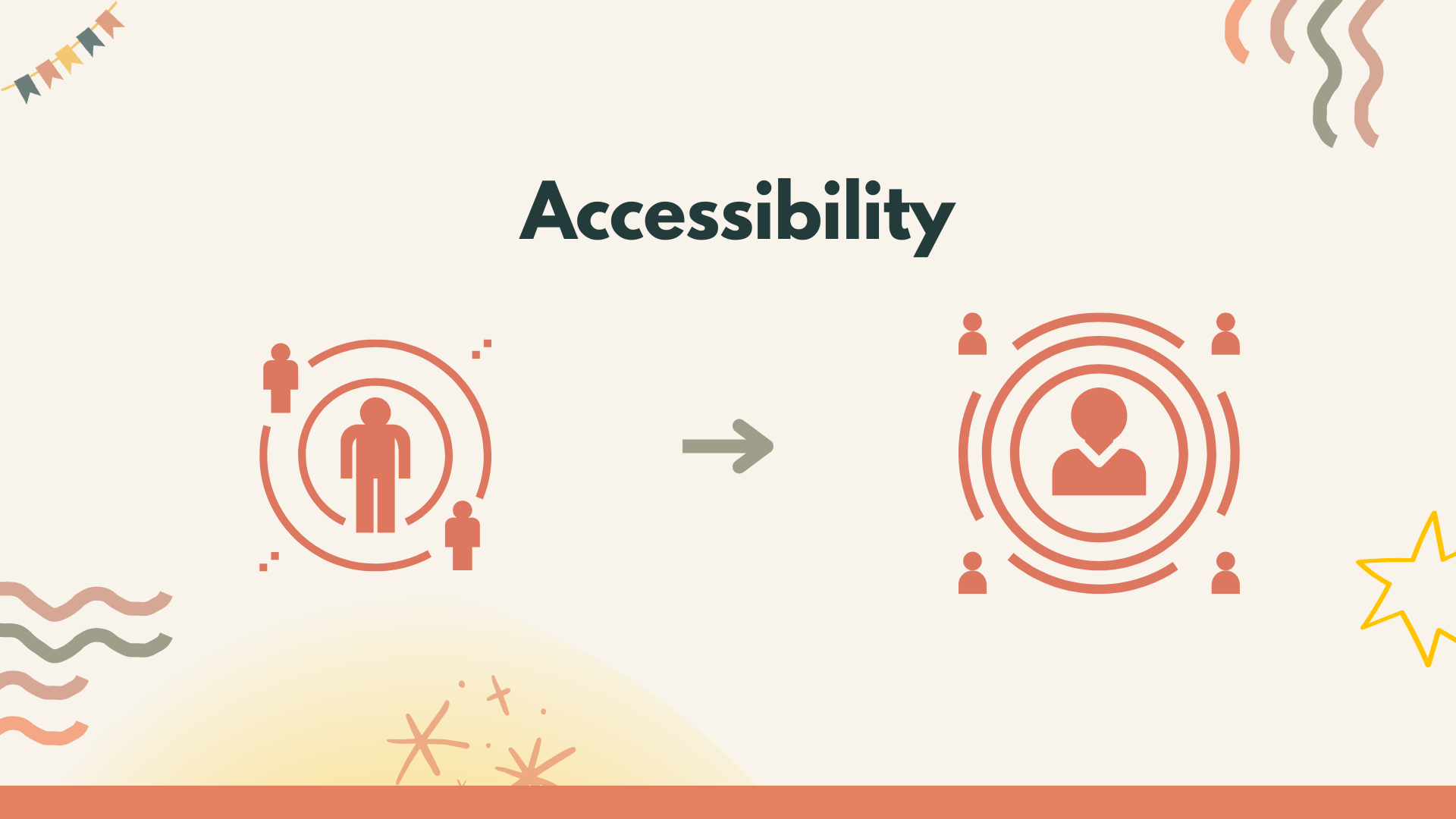The need for eLearning has never been greater than it is now. Learners can leverage eLearning advantages to optimize their learning progress.
As the world becomes increasingly digital and global, modern learning has become essential for both school and workplace learning. E-Learning provides a platform for teachers to assess students efficiently, for students to learn at their own pace. Corporations are able to upskill their employees without having to physically be in the same location or doing repetitive work.
As a matter of fact, eLearning offers a wide range of advantages that can benefit students, educators, and corporations alike. From enhancing students’ engagement to increasing employee productivity, eLearning is quickly becoming a favorite tool in today’s age. Overall, eLearning will provide 5 main advantages:

But first, here to answer the most frequently asked question before jumping into the most notable eLearning advantages.
What is eLearning?
eLearning is a short-written text for electronic learning. It is the delivery of educational content through digital tools, such as online courses, meetings, and classrooms.
eLearning Advantages #1: Flexibility
By using eLearning, users are able to access educational content from anywhere with an internet connection. This means that students can continue their learning even if they are traveling or living in remote locations. Thanks to this eLearning advantage, big companies favorably apply eLearning when it comes to employee training for upskilling. Employees are allowed to enjoy full courses without physical commitment.
Students with disabilities or other special needs can now access education more easily thanks to eLearning. Many eLearning platforms have tools like closed captioning, text-to-speech, and audio transcripts that can help students with visual or auditory impairments access educational material more easily. You can visit practical eLearning examples for specific use cases.
Overall, eLearning allows students to continue their education while managing their other responsibilities. It also provides access to education for those who may not have had the opportunity otherwise. By enabling students to finish their coursework fitting their learning style, this flexibility will boost the student’s learning efficiency.
eLearning Advantages #2: Cost-Effective
Online learning, or eLearning, has many cost-saving benefits. Physical materials are one significant area of cost savings. Each student must purchase their own textbooks, workbooks, and other resources for traditional classroom instruction. All of the resources can be saved and accessible digitally with eLearning, negating the need for physical copies. E-learning also does away with the necessity for classrooms and other physical venues, which can reduce the cost of rent and upkeep.
As another eLearning advantage, cost-effectiveness can be seen in better cost allocation for teachers’ salaries. In a traditional classroom, a sizable number of students are under the care of one teacher. Through the use of videos, quizzes, and other digital tools, a similar topic may be taught to a much broader population of students through eLearning. Definitely, this allows for more efficient use of teacher time and resources.

As mentioned before, eLearning also provides greater flexibility for students. This reduces the need for additional resources, such as tutors and extra classes, that may be necessary for students who struggle with traditional classroom learning.
Overall, eLearning can save costs by reducing of physical materials, more efficient use of teacher & learners’ time and resources. By leveraging the power of technology, eLearning can provide a cost saving way to deliver education to students and employees of all ages and backgrounds.
eLearning Advantages #3: Customization
Customization is one of the major advantages of eLearning as it outweighs traditional learning at this point. E-Learning platforms make it possible to design personalized learning experiences tailored to the individual requirements of students and employees. This may entail developing information, interactive exercises, and evaluations customized to each person’s learning taste.
Using customization in eLearning is one of the most advantageous ways that eLearning could tailor. By leveraging this, the learning platform can modify the exercises and content provided to the user based on how well they are performing. This implies that the learning process can be customized to the person’s strengths and weaknesses, improving its effectiveness and efficiency. Using SMART principles would support you in designing constructive content for learners (S – Short & Simple, M – Motivational, A: Assessable Result, R – Right direction, and T – Trendy content). You can read more about SMART in the building eLearning course content article.

In detail, the content and activities are presented to the learners based on their performance and progress. This means that the learning experience can be tailored to the individual’s strengths and weaknesses, making it more effective and efficient. That is, learners can progress through the material at their own pace and can revisit specific lessons as needed. This allows learners to focus on the areas they need to improve as well.
For corporate learning, customization also enables the provision of focused training and professional development possibilities. This can be especially helpful in the workplace, where workers might need to learn new skills or advance their current knowledge in order to perform their jobs well.
eLearning Advantages #4: Accessibility
Education and training can attract a wide range of people using eLearning, regardless of where they are physically located. Students and workers who reside in remote places, have mobility challenges, or cannot participate in traditional classroom-based instruction may particularly benefit from this.

It is feasible to reach learners who might not otherwise have access to education or training by using online learning platforms and mobile devices. This can apply to people who reside in locations with insufficient educational resources, those with disabilities, or people with limited access to transportation.
Another advantage of eLearning is that it can provide access to a wider range of resources and materials. This includes easy access to a range of digital materials that can supplement traditional learning, such as movies, animations, and interactive activities.
eLearning Advantages #5: Self-paced Learning
One of the main benefits of eLearning is self-paced learning. E-learning gives students and workers the freedom to learn at their own pace, which can be very useful for those who have varied learning preferences or have difficulty with a specific subject. Students can access educational materials and complete assignments via eLearning at their convenience and on their own timetable. Students can tailor their learning around their work and other responsibilities.

Self-paced learning allows learners to progress through the material at their own speed, which means they can spend more time on topics they find challenging or less time on topics they find easy. This can lead to more efficient use of time and can help learners to feel less overwhelmed. For that reason, learners are able to take control of their own learning and own their progress as well. Doing so can lead to greater motivation and engagement, as learners can see the progress they are making.
As a key eLearning advantage, self-paced allows students and employees to progress through the material at their own speed, set their own learning goals and objectives, return to the lessons when in, and take control of their own learning, leading to greater motivation and engagement.
Last Words
The advantages of eLearning make it a viable option for many students, educators, and institutions. eLearning by far erases the learning physical barrier, opens broader accessibility to all levels of learners, customizes at their own pace, and serves untapped potential opportunities for the modern age.
See also:
Multimedia Authoring Tools: Definition, Features, and Examples